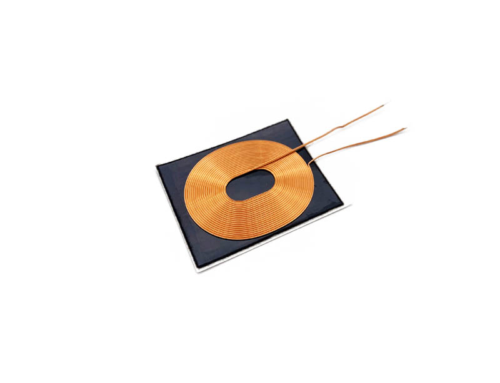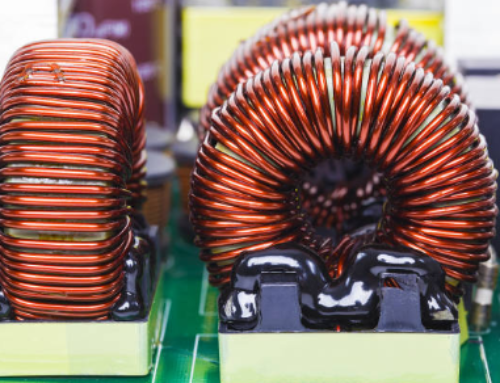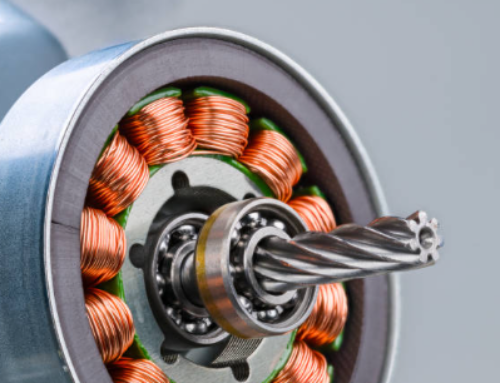The EE series transformers are widely used in power supplies and electronic equipment. Over time, they may show signs of damage or failure. If not identified early, these issues can lead to circuit faults or even equipment breakdown. Therefore, learning how to identify transformer damage is essential. In this guide, we offer clear detection methods and five practical repair suggestions.
Common Signs of Transformer Damage
First, observe the external appearance. If you see burn marks, swelling, or cracks, the transformer is likely damaged. These signs often come with overheating. Next, check for unusual noises like buzzing or humming. These may indicate insulation breakdown or internal vibration. In addition, if the device powered by the transformer stops working, the transformer may be faulty.
Another sign is output voltage instability. If the voltage fluctuates or drops, test the transformer with a multimeter. Moreover, a burnt smell or discolored winding suggests insulation failure. In most cases, a faulty EE transformer cannot maintain stable performance.
Methodical Inspection Techniques
Use a digital multimeter to check winding resistance. A sudden drop or open loop means a broken coil. Next, test primary and secondary voltages under load. Compare values with rated specs. Furthermore, use an LCR meter to measure inductance. Low inductance may point to core damage or shorted turns.
Visual inspection under good lighting is also key. Look for signs of corrosion, especially on solder joints and terminals. Don’t forget to test insulation resistance. This helps detect internal breakdown. Through a structured approach, most faults can be diagnosed.
Five Practical Repair Suggestions
1. Replace Damaged Windings
If you find shorted or broken windings, consider rewinding. Use wire of the same gauge and insulation grade. Maintain the original turn count. This ensures correct inductance and magnetic balance.
2. Repair or Replace Core Sections
Cracked or warped cores must be fixed. If damage is minor, realign and secure the core. For major cracks, replace the core entirely. Always use high-permeability materials.
3. Resolder Loose Terminals
Loose or oxidized terminals cause intermittent faults. Clean contacts and resolder with care. Use lead-free solder for environmental safety. Proper soldering improves conductivity and reduces heat buildup.
4. Reinforce Insulation
If insulation sleeves or tapes are worn out, replace them. Use heat-resistant materials. Apply insulating varnish to exposed coil areas. This prevents future short circuits.
5. Perform a Full Re-Test
After repair, re-test all electrical parameters. Measure voltage, resistance, and inductance again. Run a burn-in test under full load for at least 30 minutes. This confirms stability and ensures long-term reliability.
Conclusion
EE series transformers can last many years if maintained well. However, early detection of damage is crucial. Regular inspections, accurate testing, and timely repairs reduce failure rates. By applying the five repair suggestions above, users can restore performance and extend transformer life. For reliable transformer customization and bulk supply, always choose a trusted supplier like Leibao.





Leave A Comment